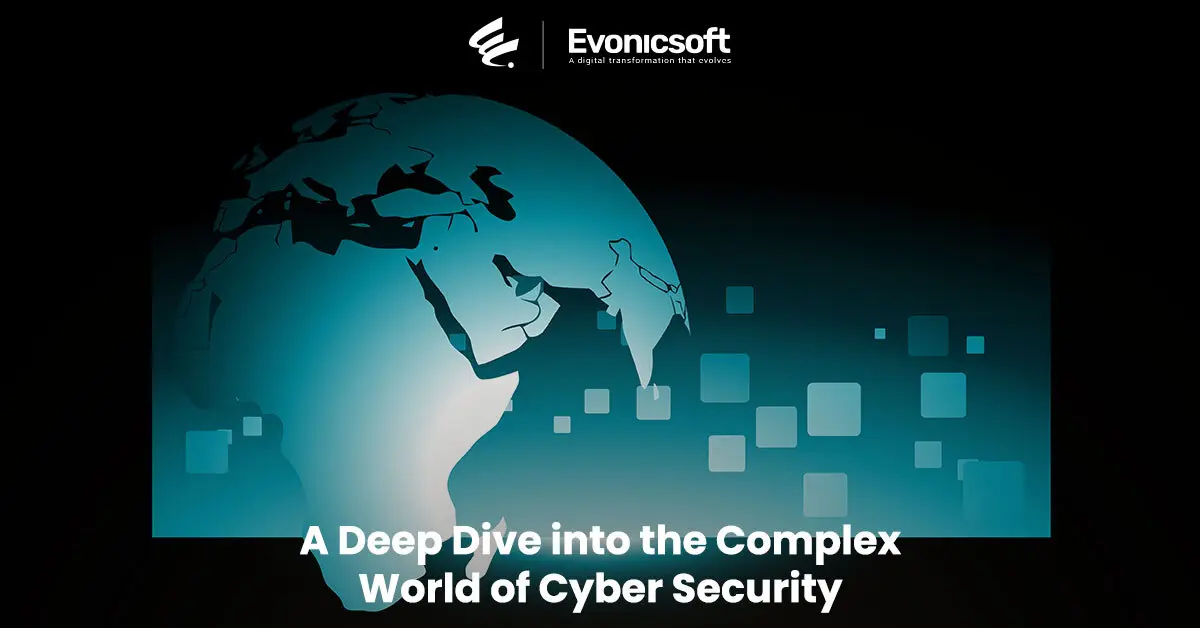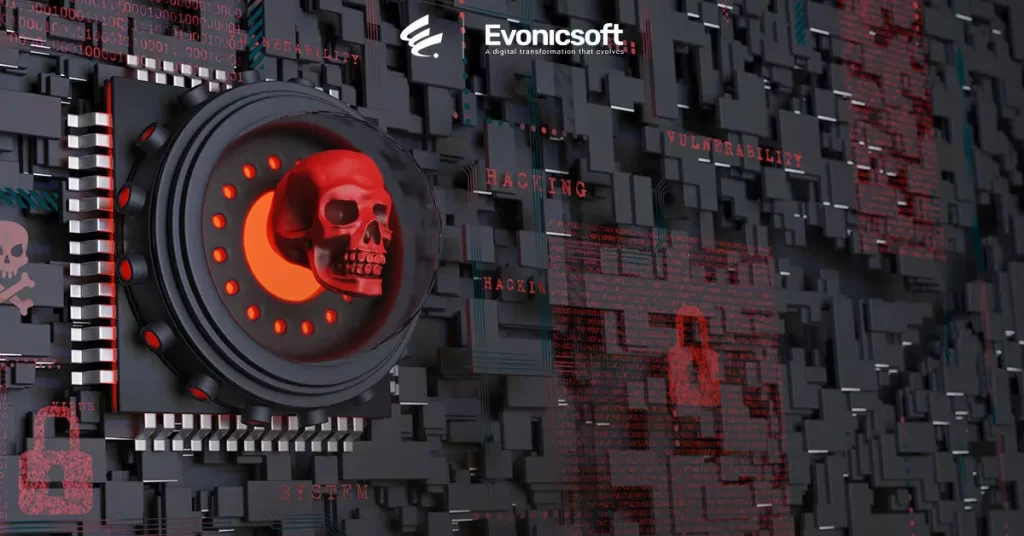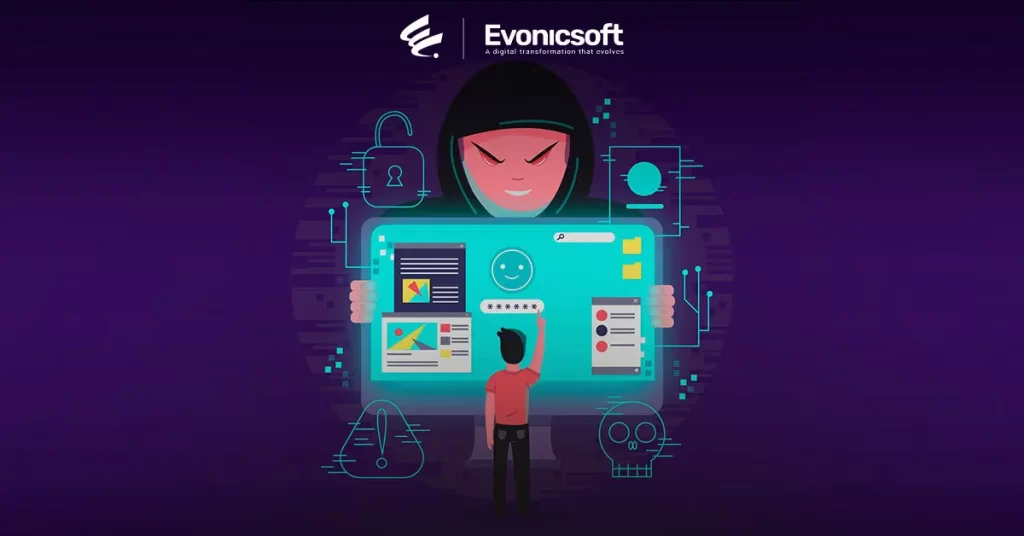
A Deep Dive into the Complex World of Cyber Security
- Sami Ul Hassan
- 19/01/2024
- Technology
Introduction:
Why Cyber Security is important? In the high-tech world, everything connects through digital systems. So keeping our online world safe is more important than ever. Cybersecurity plays a crucial role in protecting our digital assets from various threats. It involves using different technologies, and strategies and staying vigilant to ensure our networks are secure.
A big worry is the danger of security problems. These issues can come in different types, like distributed denial of service (DDoS) attacks. These attacks can overload a system and make it stop working. People who work in cybersecurity also have to deal with other kinds of problems, such as data breaches.
In a data breach, someone gets into a system without permission, and it can lead to losing important information.
Operating systems, which are the software that runs our computers, are vulnerable to attacks. Ensuring the security of these systems is essential to keep our data safe. Another common threat is a denial of service attack, which disrupts the normal functioning of a computer system.
To enhance cybersecurity, it’s crucial to use strong passwords that are hard for hackers to guess. Additionally, advanced persistent threats and targeted attacks are becoming more sophisticated, requiring advanced security solutions to counteract them.
Phones and tablets, known as mobile devices, also need protection from online dangers. We look into the different parts of keeping things secure online. Our goal is to figure out the complex pieces and create smart plans to keep our digital future safe.
Check our Services and follow us on X (Twitter) for updates.

Understanding Cyber Security:
Cybersecurity is a complex field that takes a comprehensive approach to safeguard the intricate world of digital systems. It focuses on three main ideas:
1. Secrecy:
This means making sure that information is only available to the right people who have permission to see it.
2. Integrity:
This involves keeping data accurate and reliable, so we can trust it.
3. Availability:
Ensuring that systems and data are always accessible when we need them.
Key Components of Cyber Security:
1. Network Security:
Firewalls and Intrusion Prevention Systems (IPS):
These act as sentinels, monitoring and filtering network traffic to thwart unauthorized access and malicious activities.
Virtual Private Networks (VPNs):
Employing encrypted tunnels, VPNs secure communication channels over public networks, shielding sensitive data from potential eavesdropping.
2. Endpoint Security:
Antivirus and Anti-Malware Solutions:
Dynamic, real-time defenses against a myriad of malicious software threats, protect individual devices from compromise.
Endpoint Detection and Response (EDR):
Advanced solutions that monitor and respond to suspicious activities on endpoints, preventing and mitigating potential threats.
3. Application Security:
Static and Dynamic Application Security Testing (SAST and DAST):
Identifying and rectifying liability in the software development life cycle, ensuring robust protection against exploitation.
Web Application Firewalls (WAF):
Shielding web applications from common exploits and attacks, fortifying the security posture of online services.
4. Data Security:
Encryption Algorithms:
Implementing robust encryption protocols to render sensitive data hard to read for unauthorized entities.
Data Loss Prevention (DLP):
Proactive measures to prevent unauthorized access, sharing, or transmission of sensitive information.
5. Incident Response and Recovery:
Cyber Incident Response Plans (CIRP):
Structured frameworks that guide organizations in promptly identifying, containing, removing, and recovering from cyber incidents.
Backup and Disaster Recovery Strategies:
Regularly making copies of important data and developing detailed plans. It’ll recover quickly in case of a cyber attack are crucial steps. This helps minimize the time systems are down and get things back to normal as soon as possible.
Best Practices for Cyber Security:
1. User Education and Awareness of Cyber Security:
Phishing Simulations and Training:
Simulated exercises to educate users on recognizing and avoiding phishing attempts, a common entry point for cyber attackers.
Security Awareness Programs:
Ongoing initiatives to keep users informed about emerging threats and best practices for maintaining a secure digital environment.
2. Multi-Factor Authentication (MFA) for Cyber Security:
Biometric Authentication:
Contains biometric identifiers such as fingerprints or facial recognition to enhance the security of authentication processes.
Context-Aware Authentication:
Adapting authentication requirements based on the context of access adds an extra layer of security.
3. Regular Security Audits and Assessments:
Penetration Testing:
Simulating cyber attacks to identify vulnerabilities and weaknesses in systems, networks, and applications.
Vulnerability Scanning:
Automated assessments to discover and prioritize potential vulnerabilities in the digital infrastructure of an organization.
4. Collaboration and Information Sharing:
Threat Intelligence Sharing:
Actively participating in information-sharing networks to stay abreast of emerging threats and vulnerabilities.
Public-Private Partnerships:
Smooth collaboration between governmental bodies, private enterprises, and security researchers to address cyber threats collectively.
5. Continuous Monitoring and Incident Response:
Security Information and Event Management (SIEM):
Real-time monitoring and analysis of security events to swiftly detect and respond to potential threats.
Automation and Orchestration:
Implementing automated response mechanisms to accelerate the containment and mitigation of cyber incidents.

Conclusion:
In the ever-changing world of online threats, it’s super important to understand the different parts of cybersecurity. This means not just keeping up with the latest technologies. But also making sure everyone knows how to stay safe and having plans ready to go.
These plans are important for both regular people and big groups, like companies. So, everyone can use the internet more safely.
As technology keeps getting better, it’s not just important but something we all need to work together on to keep our online world safe. Making sure our online defenses are strong involves always finding better ways, learning more, and working together. This way, we can keep our connected world safe and strong, even as the problems online keep changing.






